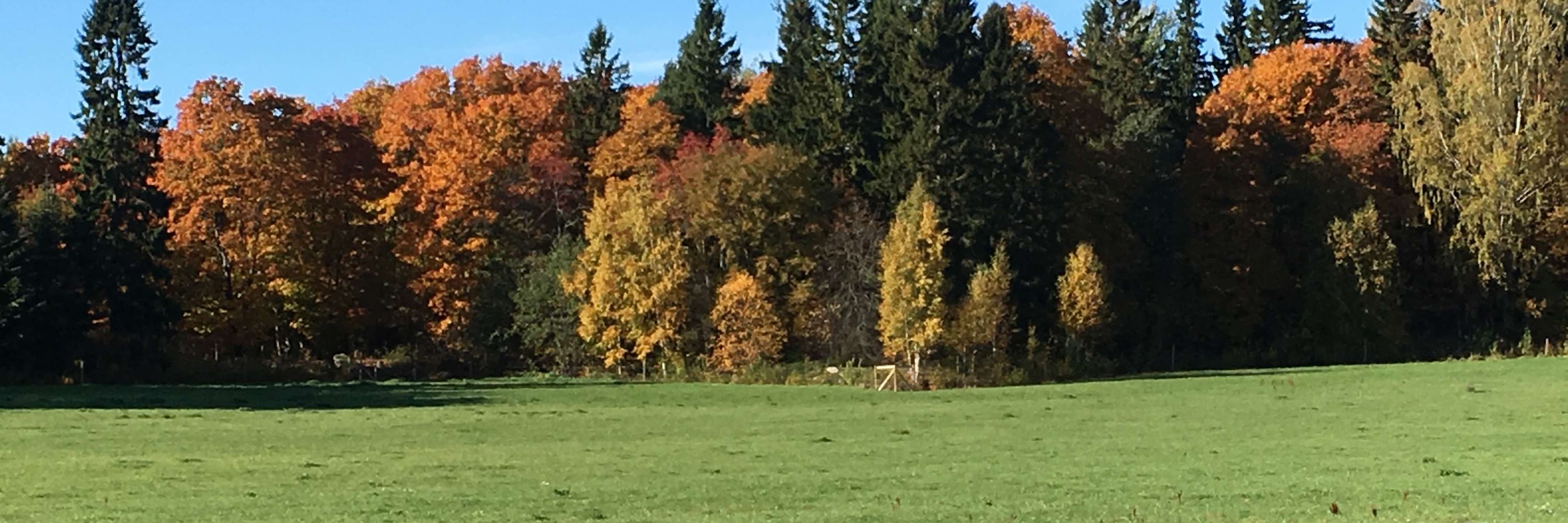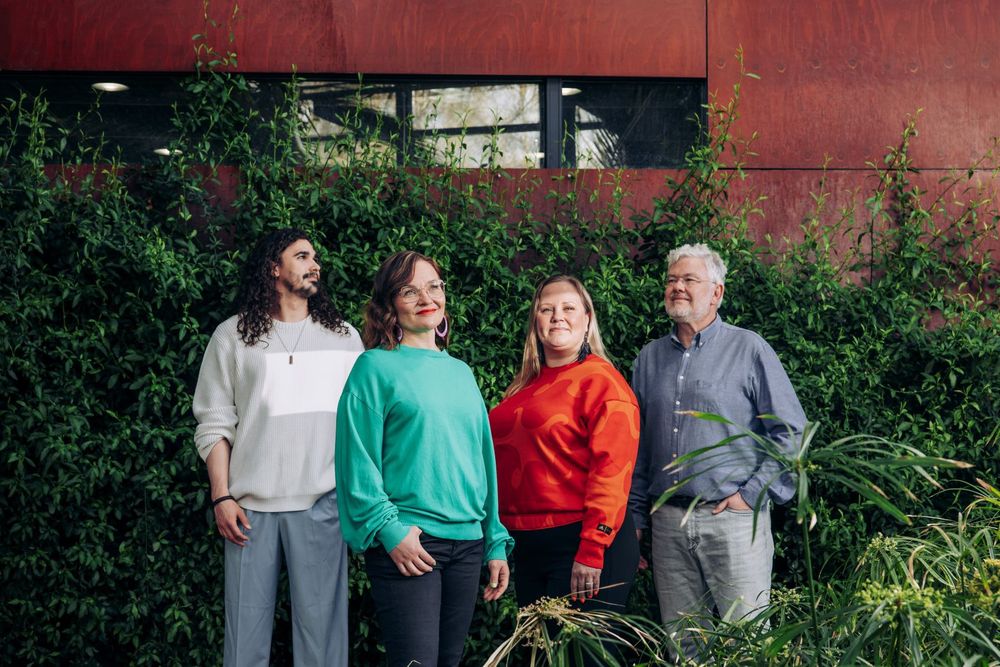Jarno Vanhatalo
@jarnovanhatalo.bsky.social
89 followers
20 following
70 posts
Professor in University of Helsinki. Working on Bayesian statistics, statistical ecology and environmental sciences.
Posts
Media
Videos
Starter Packs
Reposted by Jarno Vanhatalo
Reposted by Jarno Vanhatalo
Reposted by Jarno Vanhatalo
Reposted by Jarno Vanhatalo
Reposted by Jarno Vanhatalo
Emilie Ellis
@e-ellis1.bsky.social
· Aug 12

Recent community warming of moths in Finland is driven by extinction in the north and colonisation in the south - Nature Communications
As Finland’s climate warms, cold-adapted moths are disappearing in the north while warm-loving species move in from the south. This shift in insect communities highlights the threat climate change pos...
doi.org
Reposted by Jarno Vanhatalo












